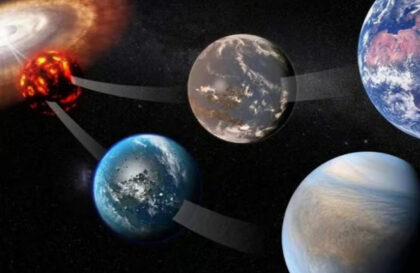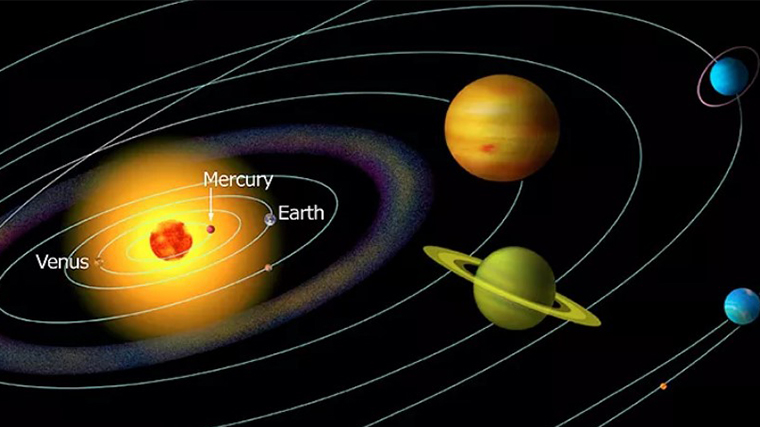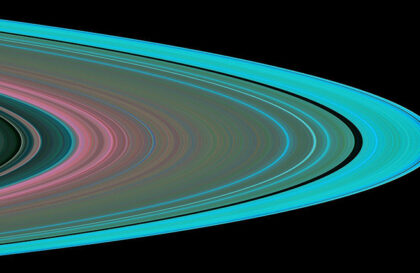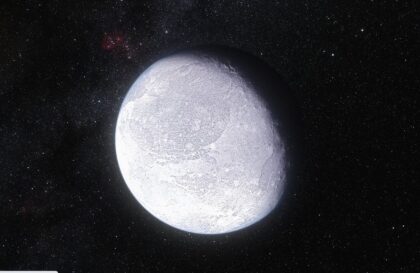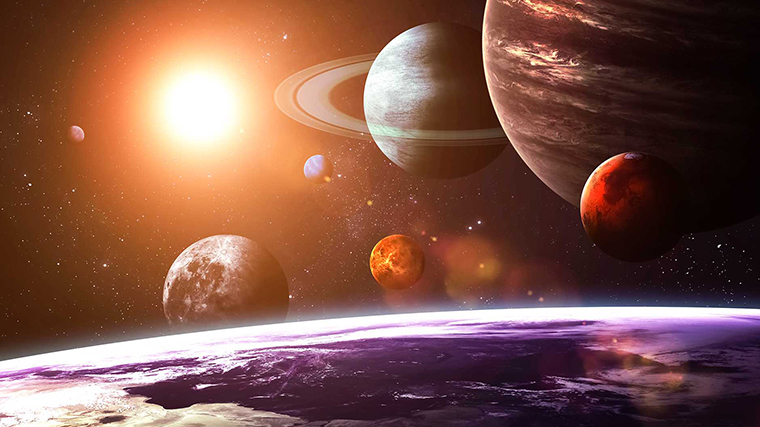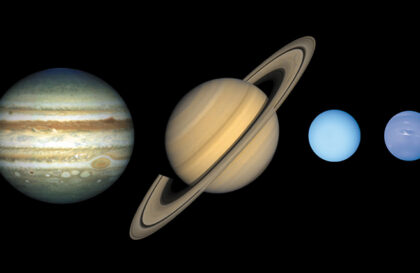Our planet will reach aphelion (the farthest point from the Sun) on July 6. At that point, Earth will be 94,506,830 miles (152,094,000 kilometers) away from the Sun. This is 3,106,856 miles (5 million kilometers) farther away than at perihelion, the closest point in its orbit to the Sun. (One astronomical unit is equivalent to 92.96 million miles (149.6 million kilometers).)
On this day, we may observe the Sun’s smallest disk in 2023, just 31 minutes and 31 seconds of arc.
The difference in the size of the Sun’s disk between aphelion and perihelion is quite noticeable at about 3%. However, this change occurs smoothly over six months, so the human eye would have a hard time noticing the difference.
It’s hard to imagine the Earth so far away from the Sun on a hot summer day, but that’s not why seasonal temperature variations occur. The angle of the Earth’s axis affects whether the sun’s rays fall on the Earth at a shallow angle or more directly. And that directly affects the temperature on Earth.
Yes, the Earth’s orbit is not perfectly round. Venus has the roundest orbit in the solar system and Mercury has the most elongated. The distance between the planet and the Sun changes by 46 million kilometers over a year.
Observing aphelion is a unique opportunity for astronomers. They can observe and study the characteristics of our orbit and the Earth’s interaction with the Sun. Although the change in the size of the solar disk will not be noticeable to the average observer, this event reminds us of the precise organization of our solar system.
Image credit: https://tech.news.am

